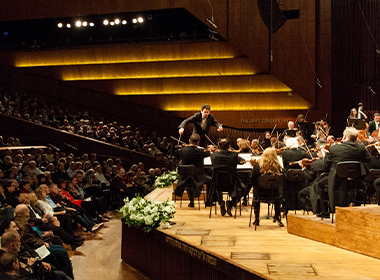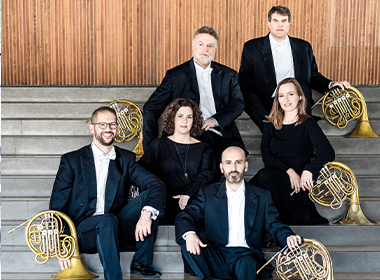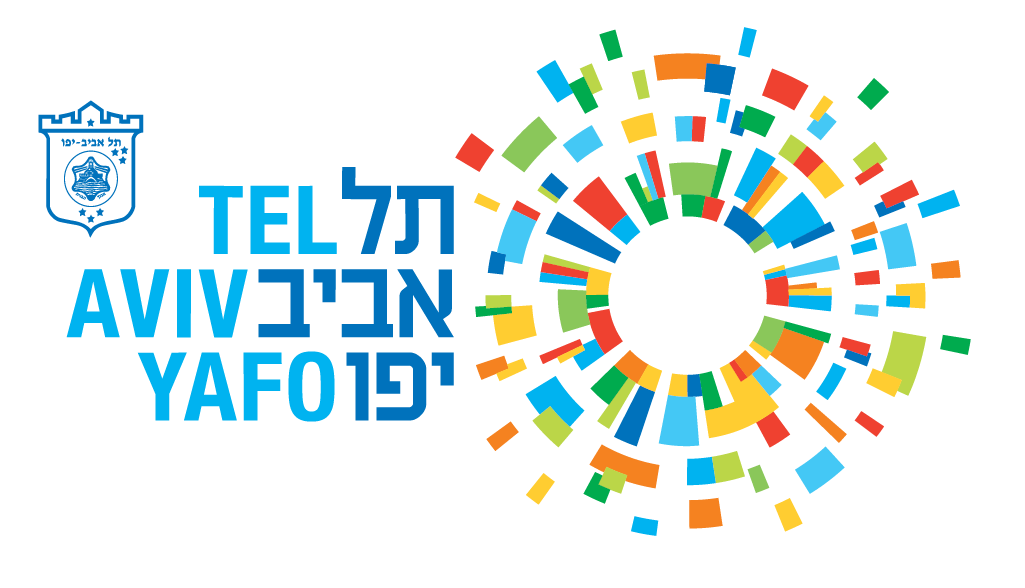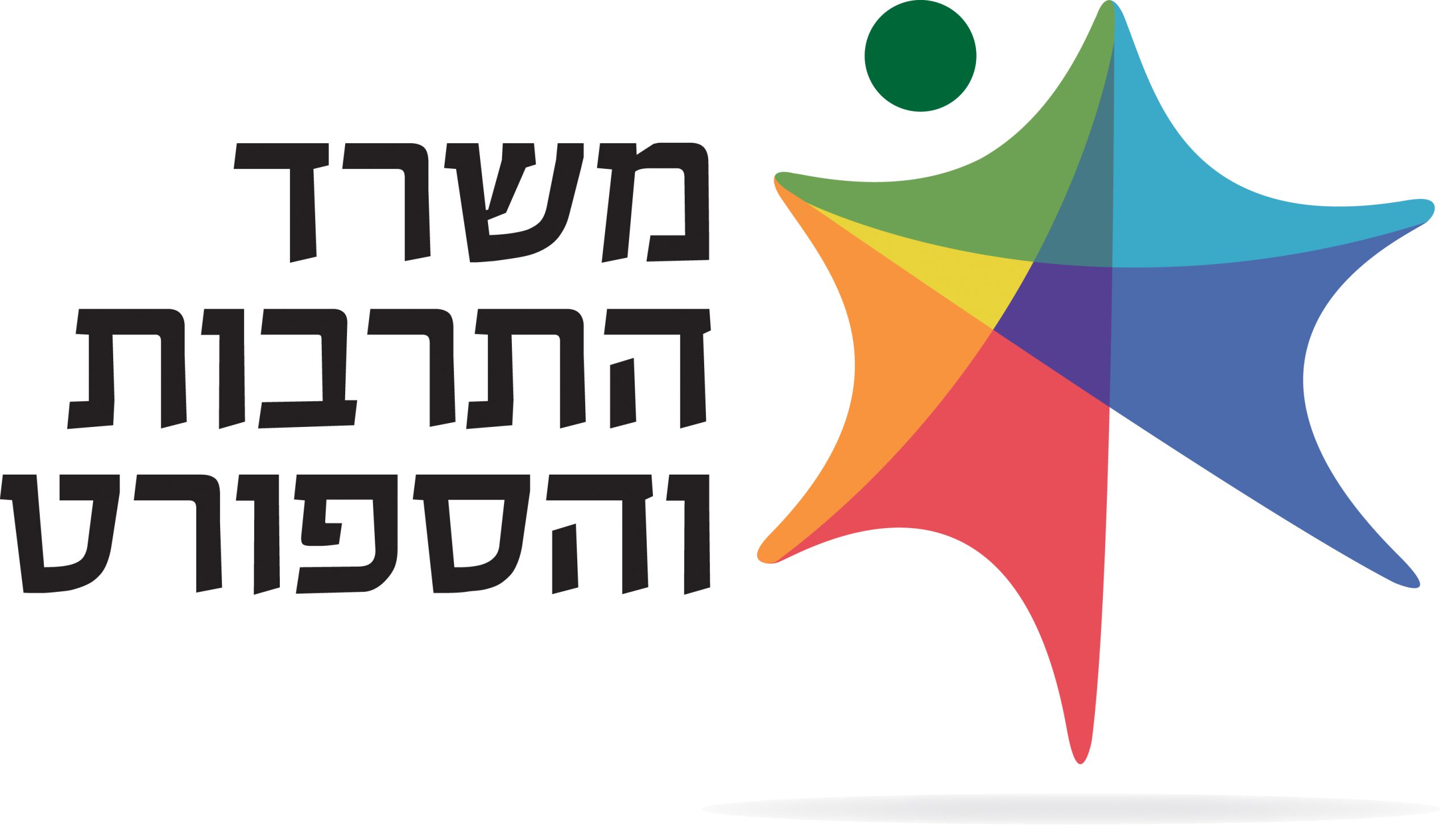The legendary pianist, Martha Argerich, is returning to the IPO for a series of concerts conducted by Lahav Shani, Music Director Designate of the orchestra.
1795. Vienna. The local Composers League polishes the Burgtheater in preparation for the annual fundraising concert for local musicians, their widows and their orphans. The centerpiece of the concert is a new work by the groundbreaking young composer Ludwig Van Beethoven, who will also conduct the entire concert. At the time (two days before the concert), four miserable copyists sit and receive from the feverish composer page after page of the Concerto’s finale (Rondo). They must prepare the orchestra parts overnight, and pray that the composer does not get writer’s block at the very last moment. All’s well that ends well: Beethoven and his copyists completed the task, the work was performed on time and was a great success. Up to the time of its publication it underwent a series of editing and rewriting.
If one thinks about it, nothing in the history of this Concerto is as it seems. Firstly, Beethoven’s Piano Concerto no. 2 is actually the first piano concerto written by the mature composer (the young Beethoven wrote a piano concerto in E-flat major when he was only 13!), but it was published after the C major Concerto (no. 1). The third movement that we will hear in these concerts is not the one written hastily for the premiere (the original movement was later published as Rondo in B-flat major for Piano and Orchestra).
And the second movement? In 1807 Beethoven wrote to his publisher: “As is so often the case with me, I did not write the piano part in the score (for previous performances), so you’ll have to receive it now in my illegible handwriting”. We can only assume that what we know today as the wonderful second movement is merely a “formal” version of the movement, whose piano part was improvised by Beethoven at the premiere.
Should this expedition into the work’s compositional process change the way we listen to it? Of course not. The work is written for a smaller orchestra than in Beethoven’s later piano concertos (this is the only concerto without timpani). The work may be less “dramatic” than the C major Concerto and it may contain certain elements that resemble Mozart’s style more than the mature Beethoven, who was an innovator structurally and stylistically in his last three concertos. However, Beethoven’s personal stylistic stamp is unmistakable here, in the harmonic writing, in the lyricism of the second movement, in the sophistication of the rondo theme and in the sensible organization of the last movement.
Musicians and music lovers like to identify with the suffering of the great artists – whether deaf, mad, poor or in desperate pursuit of love. Johannes Brahms suffered terribly until he managed to overcome the block that prevented him from writing a symphony. Perhaps it was Beethoven’s shadow that caused a longer than expected maturing period in this prolific and consistent composer; perhaps it was Brahms’ famous self-criticism; perhaps Brahms felt he must find the way he perceives the symphonic medium and solve questions of relations between sonority and form (i.e., what music is required for a large-scale work and how does the symphony orchestra fit into this genre). Perhaps there were other covert reasons that exist in the internal dialogue of a creator and artist. Once Brahms completed his First Symphony, at the age of 43, it seems that the floodgates were opened. The Second Symphony was completed in four months and received, like its predecessor, tremendous success. Brahms was blessed with a special sense of humor, and when he sent the score of the symphony to his publisher, he wrote: “The work is so melancholy that you will not be able to bear it. I have never written anything so sad, and the score must come out in mourning.” This, of course, was a joke. Symphony no. 2 is considered “bright and optimistic”. It is always interesting to see how researchers try to explain the reason for a certain “mood” or “character” they find in a given work. There are those who claim that Brahms felt that the “burden of proof” of writing a “serious symphony” was lifted from him (after the tremendous success of his First Symphony). Others maintain that it is due to the symphony being written during a pleasant vacation in the Austrian Alps, and there are those who associate the work’s character to the fact that in the year of its composition (1877) Brahms reached financial independence for the first time. Perhaps all of these explanations influenced the work’s character and the type of music, and it is also possible that the composer’s basic impulse to vary the music he writes was a significant factor in this process.
Whatever the reason, this symphony brims with lovely tunes – it is a melodious work, relatively clear in its textures and orchestration, and its last movement enthused the audience to such an extent that the Vienna Philharmonic, conducted by Hans Richter, performed it as an encore at the work’s premiere on 30 December 1877.
It is amazing that some of the great processes and discoveries in the history of art were coincidental, rather than pre-planned. The music of Igor Stravinsky for the ballet The Firebird signified the beginning of the remarkable collaboration with the founder and manager of the Ballets Russes, Sergei Diaghilev. It is therefore surprising that Stravinsky was not the first choice to write music for this work. In fact, the composer was not even the second or third choice of the experienced impresario. One wonders what 20th century music would have looked like if any one of the first four composers (Nikolai Tcherepnin, Anatoly Lyadov, Alexander Glazunov or Nikolay Sokolov) would have accepted the commission instead of Stravinsky… Luckily, each of those composers rejected Diaghilev’s offer, and history books marked the first significant collaboration between Stravinsky and Diaghilev. Stravinsky began writing The Firebird in November 1909 and completed the score in May 1910. The premiere took place on 25 June 1910, at the Paris Opera. The work in these concerts will be performed in concert version, and one may ask whether the danced story line is relevant to understanding the music. Suffice it to say that in this story, based on Russian folklore, there is an evil king, who, through the power of a magic egg bewitched thirteen innocent princesses (it is well-known in folklore that the more unrealistic the story, the greater its attraction). We won’t delve into details, but in the process of releasing the princesses from the king’s spell there is a handsome prince, a magical bird and other amazing components. Stravinsky uses his expertise and skill to write music that characterizes the movements of each character (first and foremost of the enchanted bird), as well as music that accompanies the dramatic, magical and mysterious events. The magic, the conflict, the wonderful tonal colors and the enchanted melodies transport contemporary listeners to the unique world of Russian folk tales.
Twenty-one years after the premiere of The Firebird, the Parisian audience experienced Ravel’s Piano Concerto in G. History and music lovers know that they should be skeptical of things that artists write or say about their work. A good example of this is what Ravel wrote in 1931, after the completion of the concerto: “… The work was written in the spirit of the concertos of Mozart and Saint-Saens. I believe that concerti should be light and brilliant and not deep or dramatic.” If this was actually Ravel’s intention, it really failed. The Concerto in G is deep and exhilarating, and includes one of the most beautiful, pensive and melancholy second movements in all the piano literature. The third movement is a kind of sophisticated French retrospective of Jazz elements (the story of Ravel’s refusal to teach Gershwin composition, when the latter told him how much he earned from song writing, is irrelevant to Ravel’s comprehension of American Jazz). The opening movement is one of the most surprising in the history of the concerto (a whip crack that “leads the way”). Contrary to the composer’s intentions, the surprising opening, the second movement brimming with wonderful melodies in the winds, and the pianistic writing that reveals the unique shades and contours of the solo instrument ensure that this concerto aesthetically stands together with Beethoven’s Concertos.
For years, Paul Ben Haim was a symbol of rejuvenation of Israeli culture in Israel, of the way in which the European nurturing ground produced a composer who contains and processes the local materials to which he was exposed as an immigrant, and a symbol of dignified Israeli music of a high standard. Perhaps it is time to review and listen to Ben Haim’s works disconnected from the historical context in which he worked. Perhaps the audiences today can listen to this symphony not as a political or national statement, but, rather, as music written by a skilled and talented musician. And yet, a moment before the piece begins, it is interesting to read what musicologist Jehoash Hirshberg wrote in his book, Paul Ben Haim, His Life and Works, regarding the circumstances of the work’s composition: “The symphony took almost a year to compose. I completed the score in June 1940, and immediately notified the director of the orchestra (Prof. Leo Kestenberg), who invited me to play the work on the piano for him… After listening to me, he asked to hear the symphony in rehearsal with the Israel Philharmonic… Consequently, Kestenberg informed me that he is inviting me to conduct the Israel Philharmonic. The concert series took place in January 1941.”
Upon completion of the symphony, Tel Aviv suffered a catastrophic air strike, resulting in 200 casualties and many injured. When asked if the everyday life of terror in Tel Aviv, the financial straits and the insecurity regarding the future of the evolving country were reflected in his score, Ben Haim chose to quote Robert Schumann: “All that is happening in the world touches me: politics, literature, human beings. I reflect about it all, as is my way, and all this bursts forth in my music, looking for a way out.”
The second movement of the symphony is based on a long melodic line, which is the source of all the motivic material of the movement. Hirshberg comments that the end of the theme is quoted from a motif of a traditional song of the Persian Jewry, “I shall raise my eyes to the mountains”, which was arranged by Ben Haim for the singer Bracha Tzfira in April 1940. Here is an example of the way in which everyday life infiltrated the composer’s musical materials (Ben Haim was making a living at the time from the arrangements he made for Tzfira). This shows the capacity of Israeli reality to influence, even inadvertently, the music written in this region.
Program No. 1
Lahav Shani, conductor
Martha Argerich, pianist
Beethoven: Piano Concerto no. 2
Brahms: Symphony no. 2








 Back to top
Back to top




